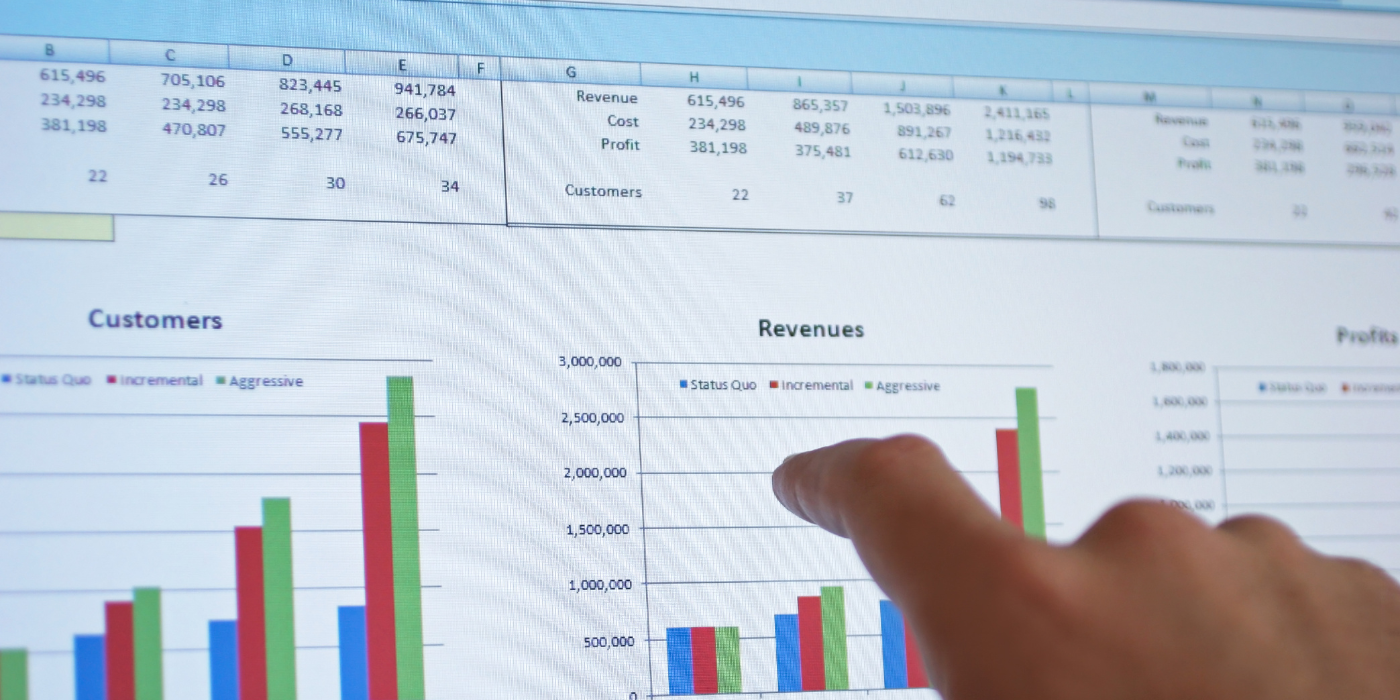There are many tactics that you can use to boost the total revenue that your hotel generates.
NB: This is an article from Beonprice, one of our Expert Partners
Ultimately, though, the key is creating an effective revenue management strategy that enables you to identify all the revenue opportunities that present themselves throughout the entire guest journey. So, what does this mean in practical terms?
Subscribe to our weekly newsletter and stay up to date
Put simply, it’s about identifying all stages of the guest journey, defining your revenue streams, and making the necessary adjustments in order to improve your guest experience and boost your hotel’s profitability.
Let’s break these steps down.
Identify all stages of the guest journey
As we just saw, the first step in boosting your total revenue is identifying all stages of the guest journey in your hotel. This includes pre-stay, arrival, stay, departure, and post-stay.
Your guest journey timeline should look a little something like this:
PRE-STAY:
- Dream phase: wants and desires, expectations, etc.
- Inspiration: social media, influencers, destination, type of experience you’re selling
- Research: location, price, availability of offers and promotions
- Shop: price comparison sites
- Purchase decision: booking process, website, booking engines, OTAs, booking experience, ancillary revenue in advance, confirmation emails, pre-stay reminders, opportunities for upselling and cross-selling, etc.
ARRIVAL:
- Pre-arrival communication: preference surveys, shuttle collections, etc.
- Check-in experience: welcome and greeting, doorman, valet service, upselling, cross-selling, guest experience
- Room status: type of room, available facilities and services, VR & AR, etc.
STAY:
- Ancillary services: food and beverage, leisure and business facilities, concierge service, room amenities, level of cleanliness, external activities offered by the hotel, etc.
- Guest experience in every area: customer service, communications, etc
DEPARTURE:
- Check-out process: billing procedures, addressing concerns, assistance with onward journey, guest experience, etc.
- Invitation to come back, write reviews, share the experience, etc.
POST STAY:
- Reputation: post-stay satisfaction surveys, responding to reviews and mentions
- Memories of the experience, souvenirs, etc.
- Returning guests, word of mouth, etc.
Define your revenue streams
Once you’ve identified each stage of the guest experience at your hotel, then you can move on to the next stage: defining potential revenue streams at as many identified touchpoints as possible. This, ultimately, is the purpose of revenue management.
Every hotel is different but, generally speaking, the three biggest revenue sources tend to be rooms, food & beverage, and meeting room rentals. Does your restaurant get good reviews? Is there an area that could be used to host catered weddings and other events? When was the last time your rooms were refurbished? Are guests aware of your business and/or leisure facilities? The better you are at promoting these revenue streams, the more profitable your total revenue will be.

Don’t limit yourself to these three streams though. Where else in the guest journey could you be upselling and cross-selling products or services? Do you offer a paid concierge service? Is there a pool or massage service at your hotel? What about guided tours of your local area for tourists? Are there any ancillary revenue sources in your rooms that you could upsell to guests? (in-room movies, laundry service, minibars, hygiene and beauty products, etc.) Remember, every stage of the guest experience is an opportunity to sell.
Improve the guest experience
Ultimately, the best way to boost profitability and your total revenue is to offer the best possible guest experience at every stage of their journey with you. After all, it doesn’t matter how competitive your pricing is or how many rooms you sell if your guests leave unsatisfied. Consumers need to feel that they are getting value for their money, and that means having the best possible experience when they come to stay at your hotel. The happier they are when they leave, the more likely they are to return and the more likely they are to give you a positive review and recommend your hotel to their friends.
One way to improve the guest experience is by personalising it. Get in touch with your guests in advance and ask them about a few of their likes and dislikes. Communicate with them as much as possible during each stage of the guest journey to find out what their likes and dislikes are. Is there anything you can do to make their stay more comfortable and enjoyable? The more you and your team are able to customise a guest’s experience to their preferences and desires, the more welcome and appreciated they will feel. And this, ultimately, is the key to boosting total revenue in your hotel.





